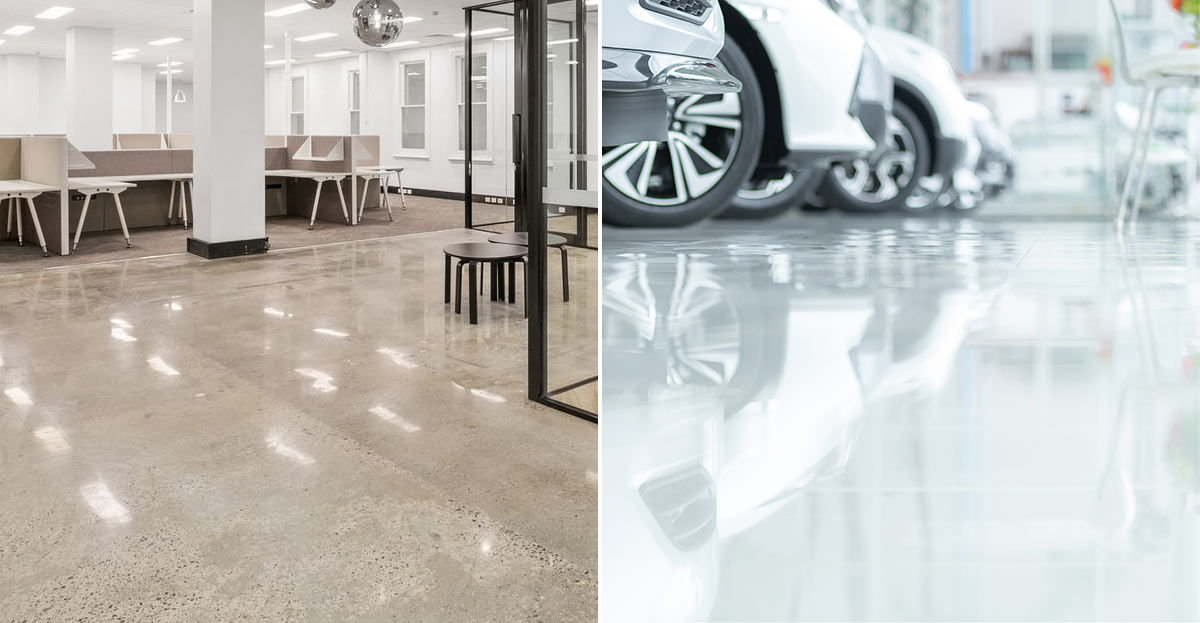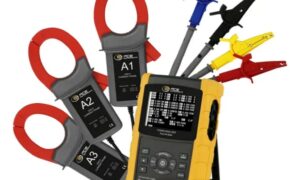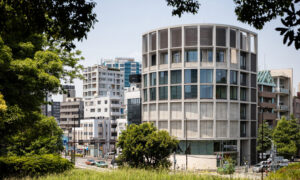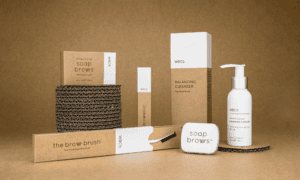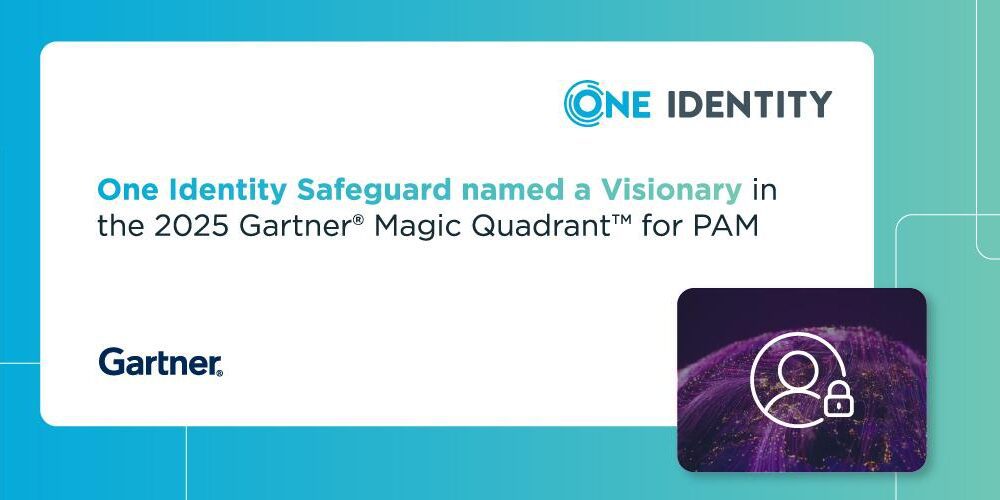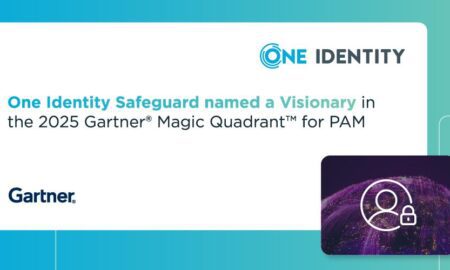Last month, a major distribution center in Dallas faced a costly shutdown when their warehouse floor began showing severe wear patterns after just two years of operation. The facility manager had chosen the flooring based solely on upfront costs, overlooking crucial factors like traffic patterns and maintenance requirements. This scenario plays out more often than you’d expect—and it’s entirely preventable with the right knowledge.
When it comes to commercial flooring decisions, the choice between different surface treatments can make or break your facility’s operational efficiency and budget. Today, we’re diving deep into the polished concrete vs epoxy debate to help you make an informed decision that serves your space for decades to come.
Understanding Your Options: The Fundamentals
Both polished concrete and epoxy coatings transform ordinary concrete surfaces, but they achieve different results through distinct processes. Polished concrete involves mechanically grinding and polishing the existing concrete surface using progressively finer diamond pads until it reaches the desired sheen level. This process essentially turns your concrete slab into a dense, smooth, and reflective surface.
Epoxy flooring, on the other hand, involves applying multiple layers of epoxy resin coating over a prepared concrete substrate. This creates a seamless, non-porous surface that sits on top of your existing concrete rather than being integrated into it.
Understanding these fundamental differences is crucial because they directly impact everything from installation timelines to long-term performance characteristics.
Floor Durability: Built to Last vs. Surface Protection
When evaluating floor durability, both options offer impressive longevity, but they achieve it differently. Polished concrete becomes harder and denser through the grinding process, with the surface actually improving over time as foot traffic naturally burnishes it to an even higher shine. This makes it virtually indestructible under normal commercial use, with properly maintained polished concrete floors lasting 20+ years without major refurbishment.
Epoxy floors provide excellent durability through their protective coating properties. High-quality epoxy systems can withstand heavy machinery, chemical spills, and impact damage that would stain or damage untreated concrete. However, the coating itself can eventually wear through in high-traffic areas, requiring reapplication every 5-15 years depending on traffic levels and maintenance practices.
The key difference lies in how each surface responds to wear. Polished concrete maintains its appearance even with surface scratches, while epoxy floors may show wear patterns more prominently as the coating thickness decreases over time.
Maintenance Requirements: Daily Operations Impact
Your maintenance team’s workload and your facility’s operational demands play a huge role in flooring selection. Polished concrete shines in this category with minimal ongoing maintenance needs. Daily cleaning typically involves dry dust mopping or auto-scrubbing with neutral pH cleaners. The non-porous surface resists staining and doesn’t harbor bacteria or odors, making it ideal for food processing facilities, healthcare environments, and clean manufacturing spaces.
Epoxy floors require slightly more attention to maintain their optimal appearance. While they’re easy to clean and sanitize, they can show scuff marks, tire marks, and scratches more readily than polished concrete. However, they offer superior chemical resistance, making cleanup of spills and industrial fluids straightforward.
Both surfaces benefit from periodic professional maintenance, but polished concrete typically requires less frequent intervention. A simple repolishing every few years can restore the surface to like-new condition, while epoxy floors may need spot repairs or full recoating in high-wear areas.
Aesthetics: First Impressions Matter
The visual impact of your flooring choice extends beyond mere appearance—it influences lighting costs, safety perceptions, and overall facility atmosphere. Polished concrete offers a sophisticated, modern aesthetic with natural variations in color and aggregate patterns that create visual interest. The reflective surface can significantly improve ambient lighting levels, potentially reducing electrical costs in warehouse and retail environments.
Epoxy floors provide more design flexibility with unlimited color options, decorative flakes, and even custom logos or patterns. This makes them particularly attractive for retail spaces, showrooms, or facilities where brand expression is important. The seamless, uniform appearance creates a clean, professional look that many architects favor for contemporary commercial spaces.
Both options can achieve high-gloss finishes, but they produce different visual effects. Polished concrete offers a deep, natural luster that highlights the concrete’s inherent beauty, while epoxy provides a more uniform, paint-like finish with consistent color throughout.
Cost Comparison: Beyond the Initial Investment
Smart commercial property managers know that flooring decisions require total cost of ownership analysis, not just upfront pricing. Initial installation costs for polished concrete typically range from $3-8 per square foot, depending on the desired finish level and existing concrete condition. Epoxy systems generally cost $3-12 per square foot, with price variations based on system thickness, decorative elements, and surface preparation requirements.
The real value comparison emerges over time. Polished concrete’s minimal maintenance requirements and exceptional longevity often result in lower total costs over a 20-year period. Factor in reduced cleaning supply costs, lower labor requirements, and minimal replacement needs, and the long-term savings become substantial.
Epoxy floors may require periodic recoating, especially in high-traffic areas, which adds to long-term costs. However, their superior chemical resistance can prevent costly concrete damage in industrial environments, potentially offering savings through substrate protection.
Making the Right Choice for Your Space
The polished concrete vs epoxy decision ultimately depends on your specific operational requirements, aesthetic preferences, and budget considerations. Polished concrete excels in environments prioritizing longevity, minimal maintenance, and natural beauty. It’s particularly well-suited for warehouses, manufacturing facilities, retail spaces, and any environment where long-term value trumps initial cost savings.
Epoxy floors shine in applications requiring specific performance characteristics like chemical resistance, decorative flexibility, or seamless surfaces for easy sanitization. They’re ideal for laboratories, food processing facilities, automotive shops, and spaces where custom aesthetics are important.
Key Takeaways for Commercial Decision-Makers
Before making your final flooring decision, evaluate these critical factors: traffic patterns and volume, chemical exposure risks, aesthetic requirements, maintenance capabilities, and total budget allocation. Consider conducting a life-cycle cost analysis that includes installation, maintenance, utilities, and replacement costs over your expected ownership period.
Remember that both polished concrete and epoxy floors can provide excellent service when properly specified and installed. The key is matching the flooring system to your facility’s unique demands rather than choosing based on initial cost alone. Consult with flooring professionals who can assess your specific substrate conditions and operational requirements to ensure you select the solution that delivers the best long-term value for your commercial space.
Read More From Techbullion

